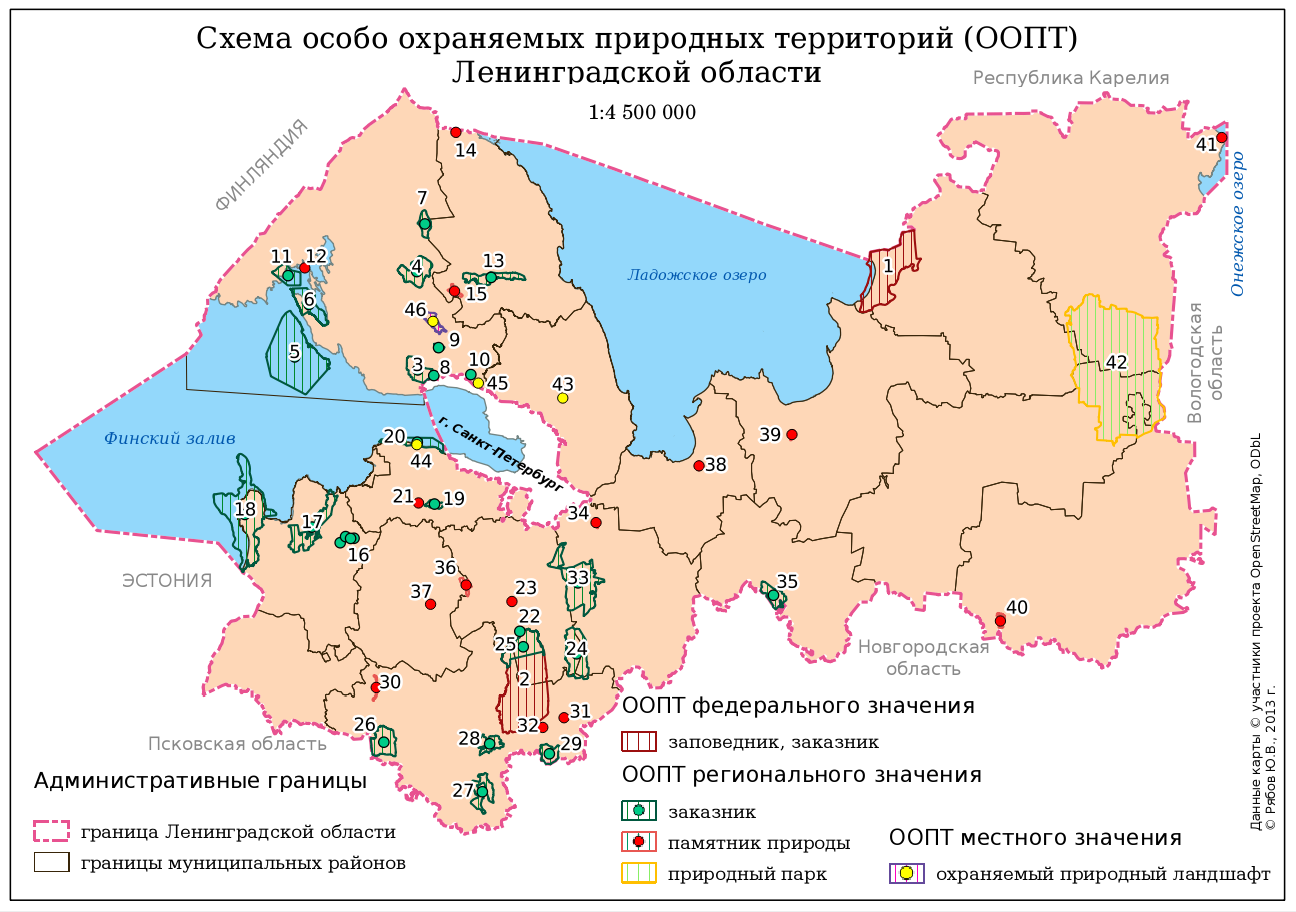Before I will show you code I want to share my hardly earned knowledge about nuances of the
library. There are several ways to get
library(ggplot2)
library(grid)
library(gridExtra)
library(manipulate)
library(scales)
library(reshape2)
## Ta --- official tax for waste utilisation per tonne or cubic metre.
## k --- probability of getting fined for illegal dumping the waste owner (0 V, y <=> E
max_waste_volume <- 2000
Illegal_dumping_fine_P <- 300000
Illigal_landfilling_fine_P1 <- 500000
Fine_probability_k <- 0.5
Official_tax_Ta <- 600
# mwv = max_waste_volume
# P = Illegal_dumping_fine_P
# P1 = Illigal_landfilling_fine_P1
# k = Fine_probability_k
# Ta = Official_tax_Ta
updateData <- function(mwv, k, P1, P, Ta){
# creates and(or) updates global data frame to provide data for the plot
new_data <<- NULL
new_data <<- as.data.frame(0:mwv)
names(new_data) <<- 'V'
new_data$IlD <<- k*P1/new_data$V
new_data$IlD_fill <<- new_data$IlD
new_data$IlD_fill[new_data$IlD_fill > Ta] <<- NA # we don't want ribbon to fill area above Official tax
new_data$IlL <<- Ta-k*P/new_data$V
new_data$Ta <<- Ta
new_data$zero <<- 0
dta <<- melt(new_data, id.vars="V", measure.vars=c("IlD", "IlL", "Ta"))
dta.lower <<- melt(new_data, id.vars="V", measure.vars=c("IlD_fill", "zero", "Ta"))
dta.upper <<- melt(new_data, id.vars="V", measure.vars=c("Ta", "IlL", "Ta"))
dta <<- cbind(dta, lower=dta.lower$value, upper=dta.upper$value)
dta$name <<- factor(NA, levels=c("Illegal landfill owner's\nprofitable ratio",
"Waste owner's\nprofitable ratio",
"Official tax"))
dta$name[dta$variable=="IlD"] <<- "Illegal landfill owner's\nprofitable ratio"
dta$name[dta$variable=="IlL"] <<- "Waste owner's\nprofitable ratio"
dta$name[dta$variable=="Ta"] <<- "Official tax"
}
updateLabels <- function(k, P1, P, Ta){
### creates footnote caption for the plot
prob <- paste('Fining probability = ', k, sep = '')
landfilling_fine <- paste('Illegal landfilling fine = ', P1, sep = '')
dumping_fine <- paste('Illegal dumping fine = ', P, sep = '')
tax <- paste('Official tax = ', Ta, sep = '')
note <<- paste(prob, landfilling_fine, sep = '; ')
note <<- paste(note, dumping_fine, sep = '; ')
note <<- paste(note, tax, sep = '; ')
note
}
plotDumping <- function(mwv, P, P1, k, Ta){
### this function draws the plot
# initialise plot data
updateData(mwv, k, P1, P, Ta)
updateLabels(k, P1, P, Ta)
# draw the plot
profit <- ggplot(dta, aes(x=dta$V, y=dta$value, ymin=dta$lower, ymax=dta$upper,
color=dta$name, fill=dta$name, linetype=dta$name)) +
geom_line(size=1.2) +
geom_ribbon(alpha=.25, linetype=0) +
theme(axis.text.x = element_text(angle=0, hjust = 0),
axis.title = element_text(face = 'bold', size = 14),
title = element_text(face = 'bold', size = 16),
legend.position = 'right',
legend.title = element_blank(),
legend.text = element_text(size = 12),
legend.key.width = unit(2, 'cm'),
legend.key.height = unit(1.2, 'cm'))+
scale_linetype_manual(values=c(4, 5, 1)) +
scale_fill_manual(values = c("#F8766D","#00BFC4",NA)) +
scale_color_manual(values = c("#F8766D","#00BFC4", '#66CD00')) +
labs(title="Profitable ratio between the volume \nof illegally disposed waste \nand costs of illegal disposal of waste",
x="Waste volume, cubic meters",
y="Cost per cubic meter, RUB") +
xlim(c(0, max(new_data$V)))+
ylim(c(0, Ta*1.5))
# add a footnote about paramaters used for the current plot
profit <- arrangeGrob(profit,
sub = textGrob(note,
x = 0,
hjust = -0.1,
vjust=0.1,
gp = gpar(fontface = "italic", fontsize = 12)))
# show plot
print(profit)
}
simDumping <- function(max_waste_volume = 2000,
Illegal_dumping_fine_P = 300000,
Illigal_landfilling_fine_P1 = 500000,
Fine_probability_k = 0.5,
Official_tax_Ta = 600) {
### this function creates interactive plot
max_waste_volume <<- max_waste_volume
Illegal_dumping_fine_P <<- Illegal_dumping_fine_P
Illigal_landfilling_fine_P1 <<- Illigal_landfilling_fine_P1
Fine_probability_k <<- Fine_probability_k
Official_tax_Ta <<- Official_tax_Ta
manipulate(suppressWarnings(plotDumping(max_waste_volume,
Illegal_dumping_fine_P,
Illigal_landfilling_fine_P1,
Fining_probability_k,
Official_tax_Ta)
),
# set up sliders
max_waste_volume = slider(0, 50000,
initial = max_waste_volume,
step = 100,
label = 'X axis range'),
Illegal_dumping_fine_P = slider(0, 5000000,
initial = Illegal_dumping_fine_P,
step = 10000,
label = 'Illegal dumping fine (P)'),
Illigal_landfilling_fine_P1 = slider(0, 5000000,
initial = Illigal_landfilling_fine_P1,
step = 10000,
label = 'Illegal landfilling fine (P1)'),
Fining_probability_k = slider(0, 1,
initial = 0.5,
step = 0.01,
label = 'Probability of being fined (k)'),
Official_tax_Ta = slider(0, 3000,
initial = Official_tax_Ta,
step = 50,
label = 'Official waste disposal tax (T)')
)
}
simDumping() # for reasons unknown I have to run this function twice to get proper interactive plot

























